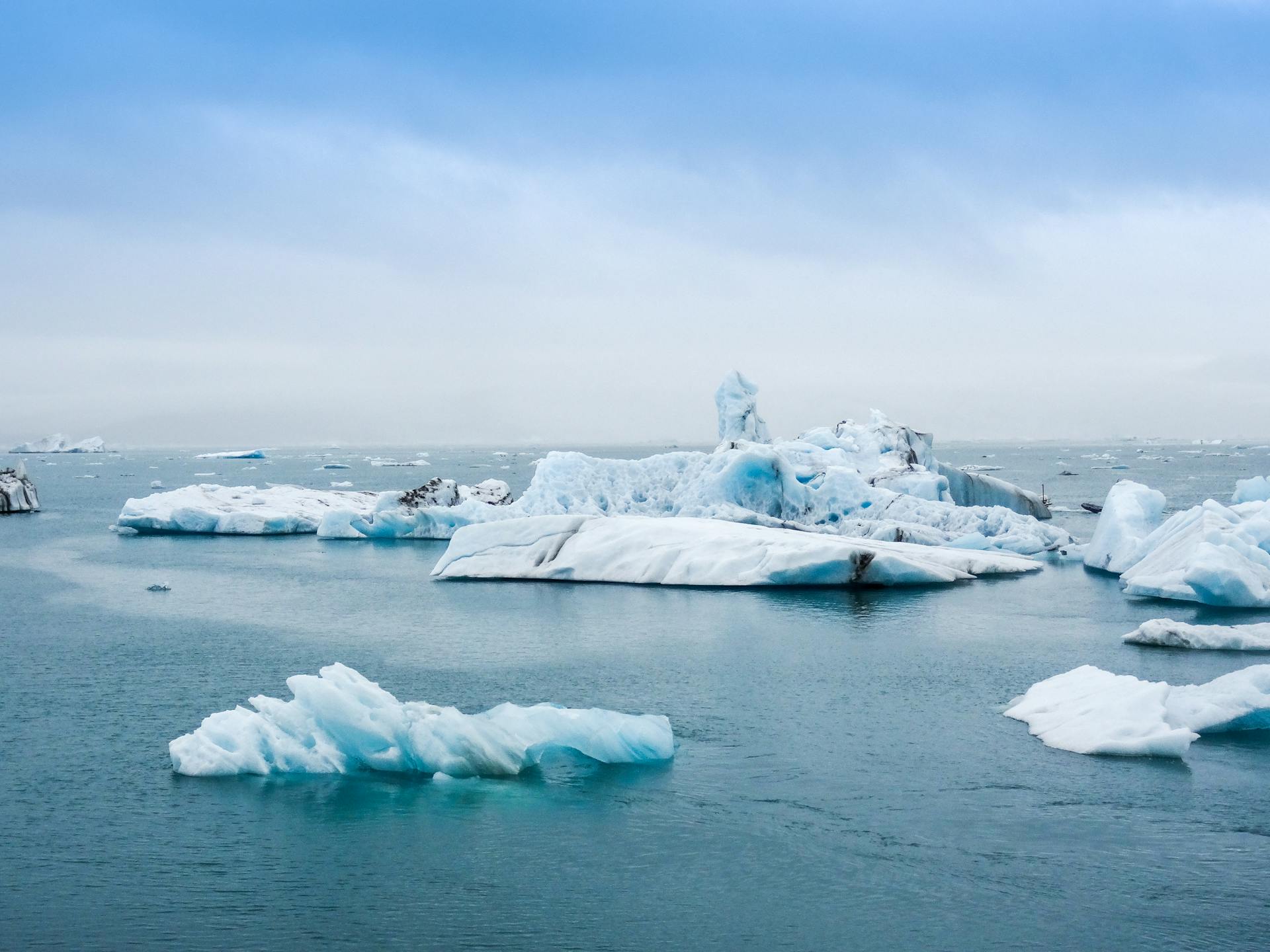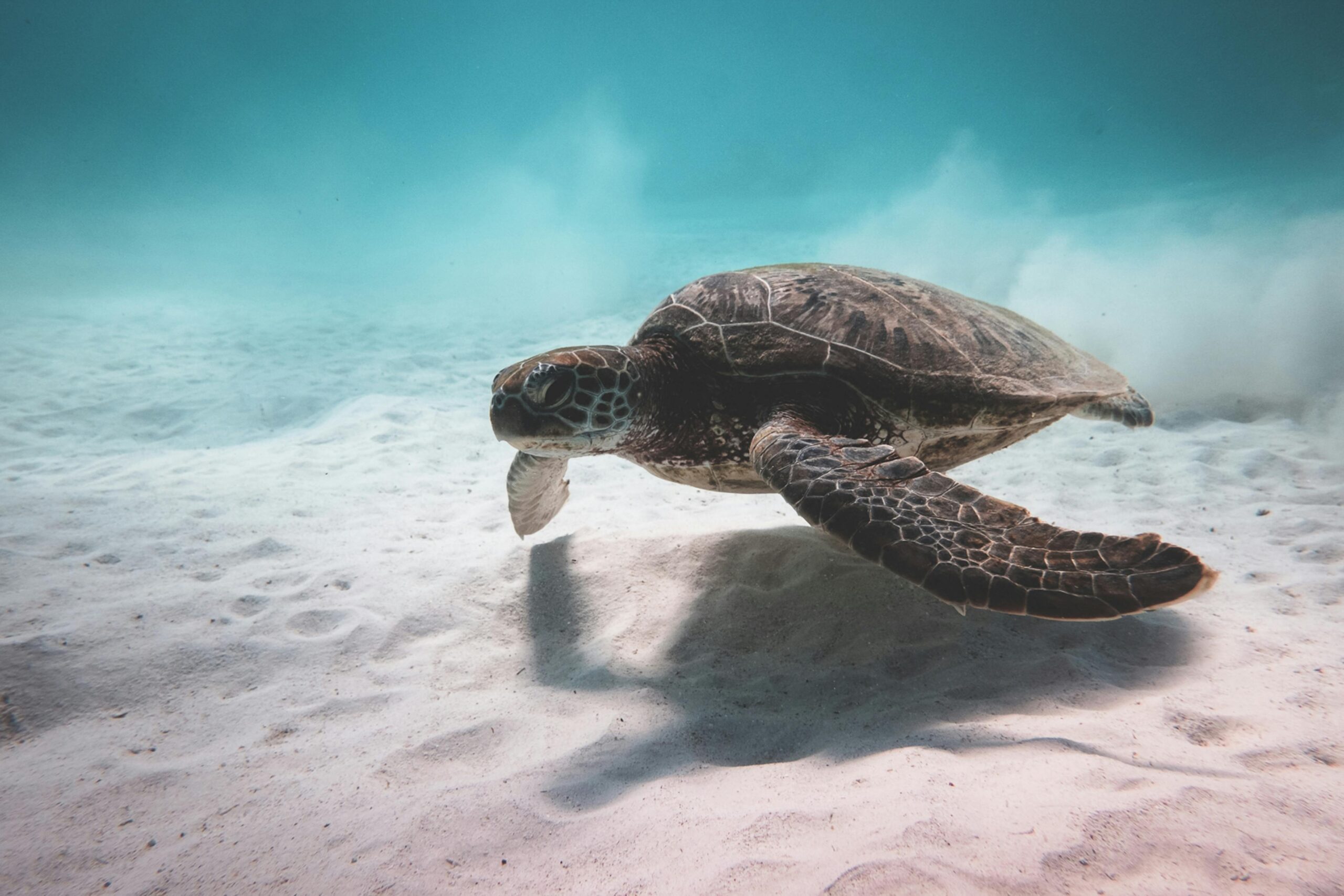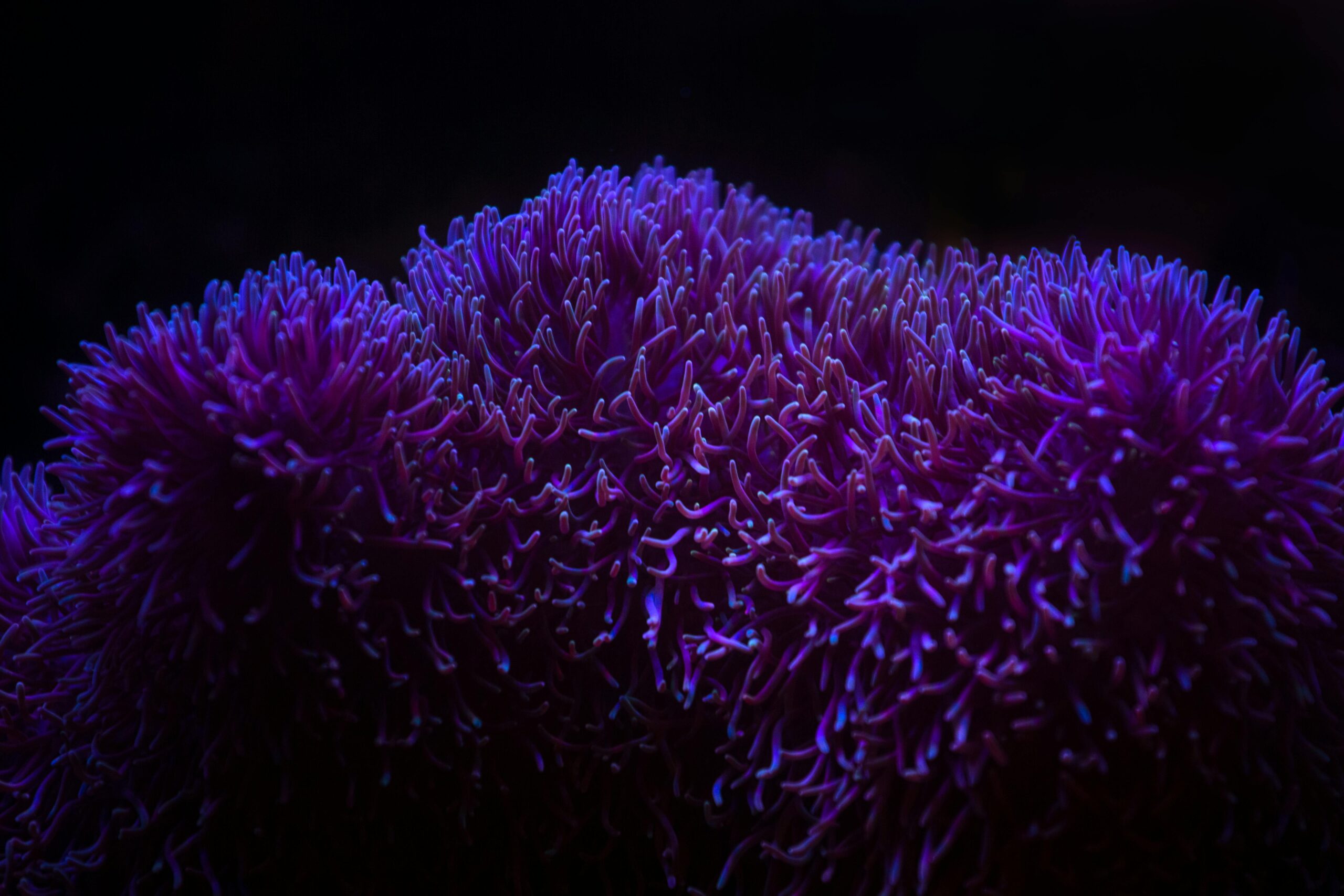As the planet warms and weather patterns shift, a silent crisis unfolds beneath the waves. Climate change, often viewed through the lens of land-based ecosystems, is wreaking havoc on marine environments that harbor an astonishing array of life. From the vibrant corals that form underwater metropolises to the schools of fish that dance in the depths, marine biodiversity is vital not only for the health of ocean ecosystems but also for the well-being of humanity. With oceans absorbing over 90% of the excess heat from global warming and roughly one-third of carbon dioxide emissions, the impacts of climate change are profound and far-reaching.
Marine biodiversity is crucial for maintaining the ecological balance of our oceans, providing food, supporting livelihoods, and contributing to the global economy. The intricate web of life within marine ecosystems plays a pivotal role in regulating climate, filtering pollutants, and sustaining fisheries that millions rely on for sustenance. However, climate change poses a significant threat to this delicate balance, leading to biodiversity loss, habitat destruction, and altered species interactions. This article explores how climate change is reshaping marine ecosystems, emphasizing the urgent need for action to protect the treasures of our oceans before they are lost forever.
Understanding Climate Change
Climate change refers to significant and lasting changes in the Earth’s climate, primarily driven by human activities. At its core, climate change encompasses global warming—an increase in Earth’s average surface temperature—resulting from rising concentrations of greenhouse gases (GHGs) in the atmosphere. These gases trap heat and include carbon dioxide (CO₂), methane (CH₄), and nitrous oxide (N₂O), leading to a range of environmental impacts that extend far beyond temperature fluctuations.
The key drivers of climate change are largely rooted in human activities. Greenhouse gas emissions from burning fossil fuels for energy, transportation, and industry remain the largest contributors to climate change. Deforestation and land-use changes further exacerbate the problem by reducing the number of trees available to absorb CO₂, leading to increased atmospheric concentrations of GHGs. Additionally, industrialization and urbanization have transformed landscapes and created a high demand for energy, often sourced from carbon-intensive fossil fuels. Together, these factors have set into motion a cascade of effects that disrupt weather patterns, alter ecosystems, and threaten global biodiversity.
The global effects of climate change are profound and multifaceted. Rising temperatures lead to more frequent and severe weather events, such as hurricanes and droughts, while shifting rainfall patterns can disrupt freshwater supplies. These changes not only affect terrestrial ecosystems but also have dire consequences for marine environments. The oceans, which play a crucial role in regulating the Earth’s climate, are increasingly stressed by the impacts of climate change, leading to changes in ocean chemistry, temperature, and currents.
The State of Marine Biodiversity
Marine biodiversity refers to the variety of life forms found in the ocean, encompassing everything from microscopic phytoplankton to the largest whales. This rich tapestry of life is crucial for the health of ocean ecosystems and the services they provide, including food security, climate regulation, and cultural enrichment. Unfortunately, the current status of marine biodiversity is alarming, with many species facing significant threats from overfishing, habitat destruction, and pollution. According to recent reports, approximately one-third of marine fish stocks are overexploited or depleted, highlighting the urgent need for sustainable management practices.
Marine ecosystems are of paramount importance for the planet, supporting countless species and human livelihoods. They serve as critical habitats for diverse marine life, providing shelter, breeding grounds, and nurseries for fish and other organisms. Furthermore, healthy marine ecosystems contribute to carbon sequestration, helping mitigate the effects of climate change. The loss of biodiversity in these ecosystems can lead to reduced resilience against environmental changes, making it essential to understand the interconnectedness of marine life and the overall health of our oceans.
Direct Impacts of Climate Change on Marine Biodiversity
Climate change has direct, observable impacts on marine biodiversity, significantly affecting species distribution and ecosystem dynamics. Ocean warming is one of the most pressing issues, as rising temperatures force many marine species to shift their habitats toward cooler waters. This redistribution can disrupt existing ecological relationships, altering migration patterns and breeding grounds. For instance, species such as fish and marine mammals may find themselves competing for resources in unfamiliar territories, leading to increased mortality rates and decreased reproductive success.
Another critical consequence of climate change is ocean acidification, a process resulting from increased CO₂ absorption by seawater. This chemical shift poses a serious threat to marine organisms, particularly those with calcium carbonate shells or skeletons, such as corals and shellfish. Coral reefs, often dubbed the “rainforests of the sea,” are particularly vulnerable, as acidification hampers their ability to build and maintain their structures. The implications of these changes extend beyond individual species, affecting entire food webs and compromising the health of marine ecosystems.
Sea level rise, driven by the melting of polar ice caps and the thermal expansion of seawater, poses another significant threat to marine biodiversity. As coastlines change, valuable coastal habitats, such as mangroves and salt marshes, are lost, impacting the species that rely on these areas for shelter and breeding. The loss of these critical ecosystems further exacerbates the vulnerabilities of marine life, illustrating the interconnected nature of climate change and marine biodiversity.
Indirect Impacts of Climate Change on Marine Biodiversity
The effects of climate change on marine biodiversity are not limited to direct impacts; there are also numerous indirect consequences that shape the dynamics of ocean ecosystems. Changes in ocean currents and nutrient distribution can significantly alter the availability of food for various marine species. As currents shift, nutrient-rich waters that support phytoplankton blooms may become less accessible to some organisms, disrupting entire food chains and reducing the overall productivity of marine ecosystems.
Additionally, altered predator-prey relationships are becoming increasingly common due to climate-induced changes in species distributions. For example, if prey species migrate to cooler waters while their predators remain in warmer areas, this mismatch can lead to declines in predator populations and further destabilize marine ecosystems. Such disruptions highlight the delicate balance within marine environments and the potential consequences of climate change on species interactions.
Moreover, the increased frequency of extreme weather events, such as hurricanes and storms, poses a significant threat to marine habitats. These events can lead to habitat destruction, such as the physical damage to coral reefs and mangroves, which are crucial for maintaining marine biodiversity. The aftermath of such storms can have long-lasting impacts on marine life, further illustrating the need for comprehensive strategies to mitigate the effects of climate change on our oceans.
Case Studies
The challenges faced by marine biodiversity due to climate change are best illustrated through specific case studies. The Great Barrier Reef, for instance, has experienced unprecedented coral bleaching events driven by rising sea temperatures. These mass bleaching events have devastated coral populations, leading to a loss of biodiversity and altering the entire reef ecosystem. As a result, many species that depend on coral reefs for food and shelter are now at risk.
In the Arctic, melting ice is causing significant changes to marine ecosystems. Species such as polar bears and seals rely on sea ice for hunting and breeding. As the ice diminishes, these species face increased competition for food and habitat loss, resulting in declining populations and disrupted ecological relationships.
The impact of climate change on specific marine species is also evident in fish populations. Many commercially important fish species are shifting their ranges in response to changing ocean conditions, leading to challenges for fisheries and coastal communities that rely on these resources. These case studies exemplify the urgent need to address climate change and its impact on marine biodiversity.
Mitigation and Adaptation Strategies
In light of the profound threats posed by climate change, concerted efforts toward mitigation and adaptation are essential for preserving marine biodiversity. Conservation efforts, such as establishing marine protected areas (MPAs), play a critical role in safeguarding vulnerable ecosystems and species. MPAs can help mitigate the impacts of overfishing, pollution, and habitat destruction, providing a refuge for marine life to thrive.
Sustainable fishing practices are also crucial in maintaining healthy fish populations and ecosystems. By implementing regulations that limit catch sizes and promote responsible fishing methods, we can reduce the pressure on marine resources and enhance ecosystem resilience. Additionally, policymakers must prioritize international agreements and initiatives aimed at reducing greenhouse gas emissions and promoting sustainable practices on a global scale.
The importance of protecting marine biodiversity cannot be overstated. Addressing climate change requires a multifaceted approach that combines scientific research, policy development, and community engagement. By taking proactive measures to safeguard our oceans, we can help ensure the survival of marine ecosystems and the countless species that depend on them.
Conclusion
In summary, the impacts of climate change on marine biodiversity are complex and far-reaching. From ocean warming and acidification to the loss of coastal habitats, the threats are undeniable. To protect our oceans and the wealth of life they support, it is imperative that we take action now. A collaborative global effort is needed to mitigate climate change and promote sustainable practices. The future of marine biodiversity hangs in the balance, and it is our responsibility to safeguard these vital ecosystems for generations to come.
Frequently Asked Questions
1. What is climate change?
Climate change refers to significant and lasting changes in temperature, precipitation, and other atmospheric conditions on Earth. It is primarily driven by human activities that increase greenhouse gas emissions, leading to global warming and various environmental impacts.
2. How does climate change affect marine biodiversity?
Climate change affects marine biodiversity through ocean warming, acidification, and sea level rise, which can lead to habitat loss, altered species distributions, and disrupted food webs. These changes threaten the survival of many marine species and ecosystems.
3. What are some examples of marine species affected by climate change?
Marine species such as corals, shellfish, and various fish populations are particularly vulnerable. For instance, coral reefs are experiencing widespread bleaching due to rising sea temperatures, while fish species are shifting their ranges in search of cooler waters.
4. Why is marine biodiversity important?
Marine biodiversity is vital for maintaining healthy ecosystems that provide numerous benefits, including food security, climate regulation, and recreational opportunities. Healthy marine ecosystems also support fisheries and contribute to the global economy.
5. What role do marine protected areas (MPAs) play in conserving marine biodiversity?
Marine protected areas help conserve marine biodiversity by safeguarding vulnerable habitats and species from overfishing, pollution, and other human activities. MPAs can enhance ecosystem resilience and allow marine life to recover from stressors.
6. How can individuals contribute to mitigating climate change?
Individuals can help mitigate climate change by reducing their carbon footprint, such as using public transportation, conserving energy, supporting sustainable fishing practices, and advocating for policies that address climate change.
7. What actions are governments taking to address climate change’s impact on marine ecosystems?
Governments worldwide are implementing various strategies, including establishing marine protected areas, promoting sustainable fisheries management, and participating in international agreements to reduce greenhouse gas emissions and combat climate change.
8. How can climate change lead to the loss of coastal habitats?
Rising sea levels and increased storm intensity can result in the loss of coastal habitats such as mangroves and salt marshes. These habitats are crucial for protecting biodiversity, providing nursery grounds for marine species, and acting as natural buffers against storms.
9. What are the implications of ocean acidification for marine life?
Ocean acidification decreases the availability of calcium carbonate, making it more challenging for organisms like corals and shellfish to build their shells and skeletons. This can have cascading effects on entire marine ecosystems, as these organisms are foundational to many marine food webs.
10. How can we raise awareness about the impact of climate change on marine biodiversity?
Raising awareness can be achieved through education, community outreach, and engaging in conversations about the importance of marine conservation. Supporting organizations that focus on marine biodiversity and participating in conservation efforts can also help spread awareness.


